Learning Path:
Media Engineer
about the LEARNING PATH
This intensive 24-week journey takes you from TouchDesigner basics to professional-grade video engineer.
Target Audience:
- Aspiring video engineers and media server operators
- Live event technical directors
- Visual artists transitioning to technical roles
- Theater and concert technicians
- Broadcast engineering professionals
- Interactive installation developers
- Event production specialists
Prerequisites:
- Understanding of video and audio signal flow
- Basic knowledge of live event production
- Basic understanding of resolution, frame rates, and video formats
Learning Path Aims:
- Solid understanding of the TouchDesigner node-based workflow and procedural 3d
- Develop comprehensive understanding of media server architecture and real-time processing
- Implement robust performance setups and content management workflows
- Code the real-time image processing tools and generative graphics using GLSL
Get 200$ discount for TouchDesigner Commercial License
Once you enroll in the AV learning path, you have the opportunity to purchase a commercial TouchDesigner license at a $200 discount (for a total of $400)
Duration
24 weeks
Your skill level
Beginner, Intermediate
Software
TouchDesigner
Video Duration
1,5-2 hours per week
Format
Self-study
Who needs this
Motion Designers Media Artists 3D Artists VR / XR Producers NFT Artists Interactive Developers Musicians VJs AI/ML Enthusiasts Designers Video Engineers
Career Opportunities
After completing this learning path, you'll be qualified for positions such as:
- Media Server Operator/Programmer
- Video Engineer
- Technical Director
- AV Systems Engineer
- Live Event Programmer
- Visual Systems Designer
- Interactive Installation Engineer
- Virtual Production Technical Artist
- Streaming Technical Director
What is a learning path?
We have compiled this self-study program from materials of five short courses at different levels.
It will guide you seamlessly from mastering the basics of TouchDesigner to a skilled Media Engineer.
Each week you will be given a new lesson lasting from one and a half to two hours.
It will take you from 6 to 10 hours a week to complete each lesson.
Below are five videos covering different stages of the Media Engineer learning path:
Learning path format & materials
The program is completely prerecorded and includes 39 Hours of video lessons.
TouchDesigner projects available to download.
For communication, we have a group chat.
Gallery

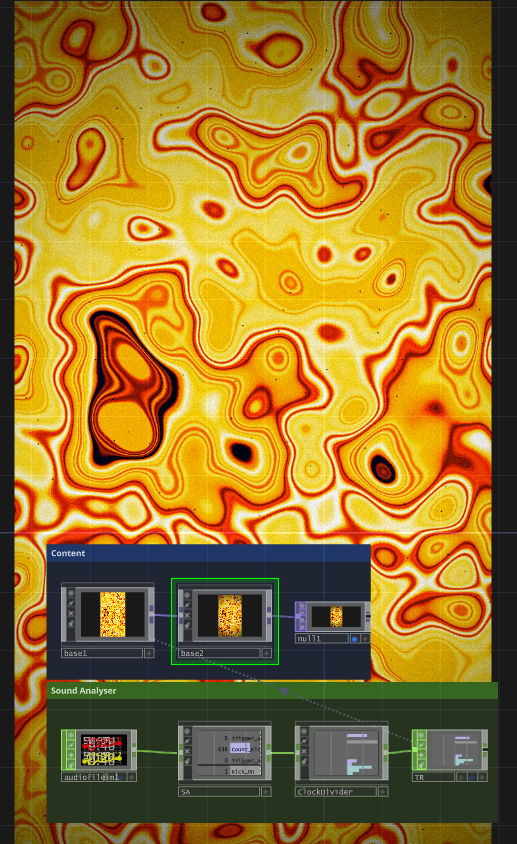
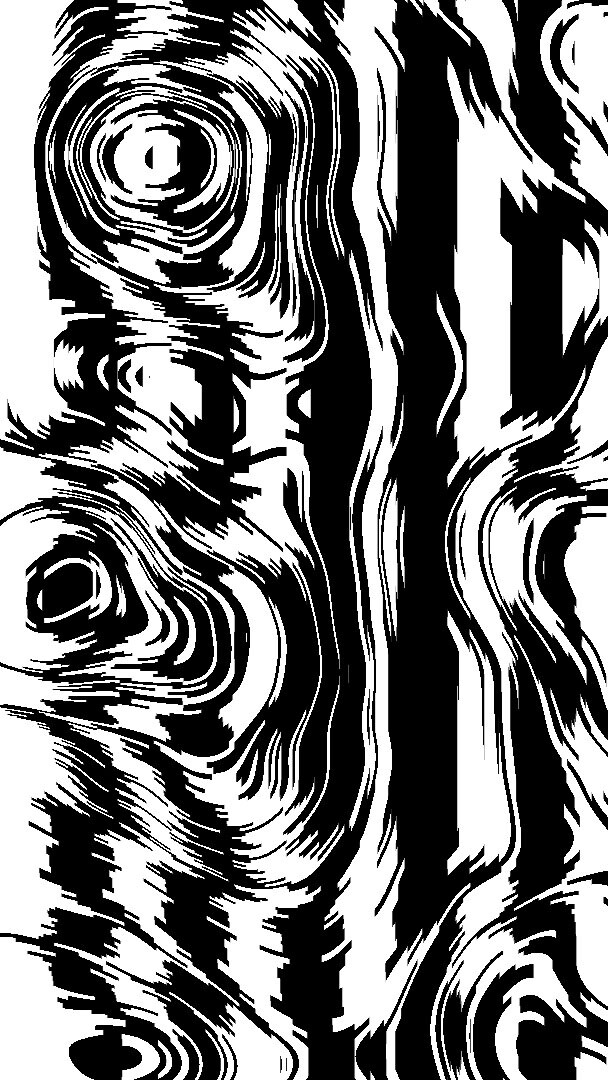
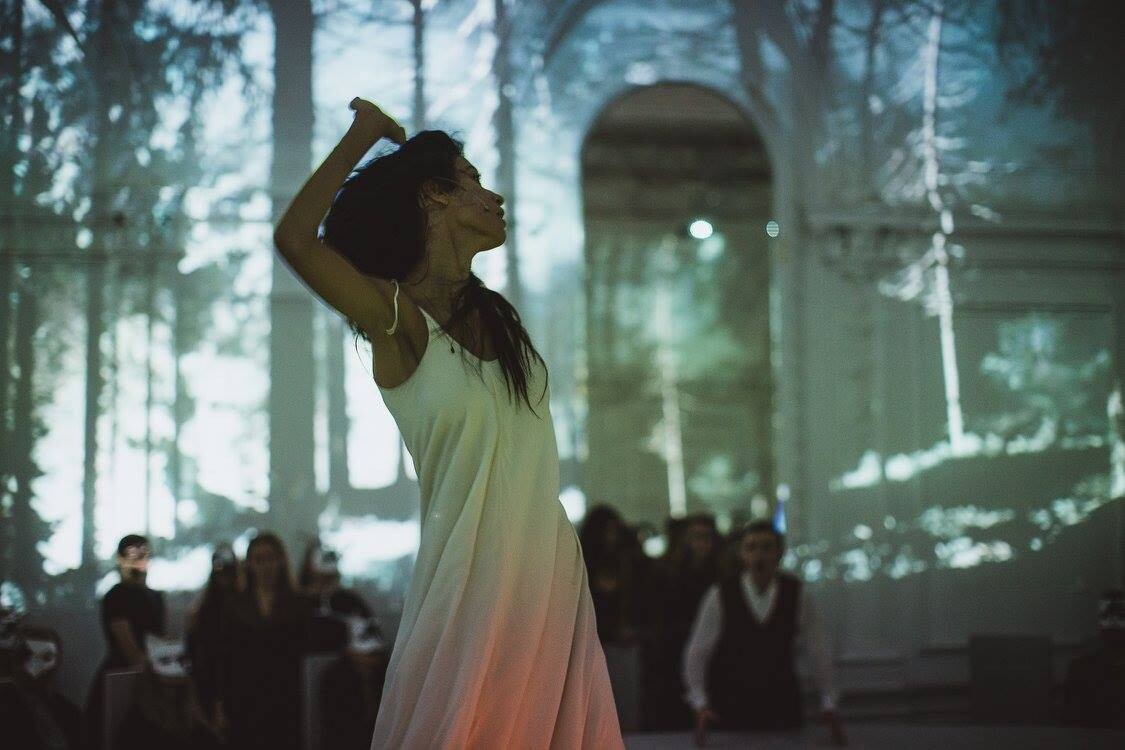
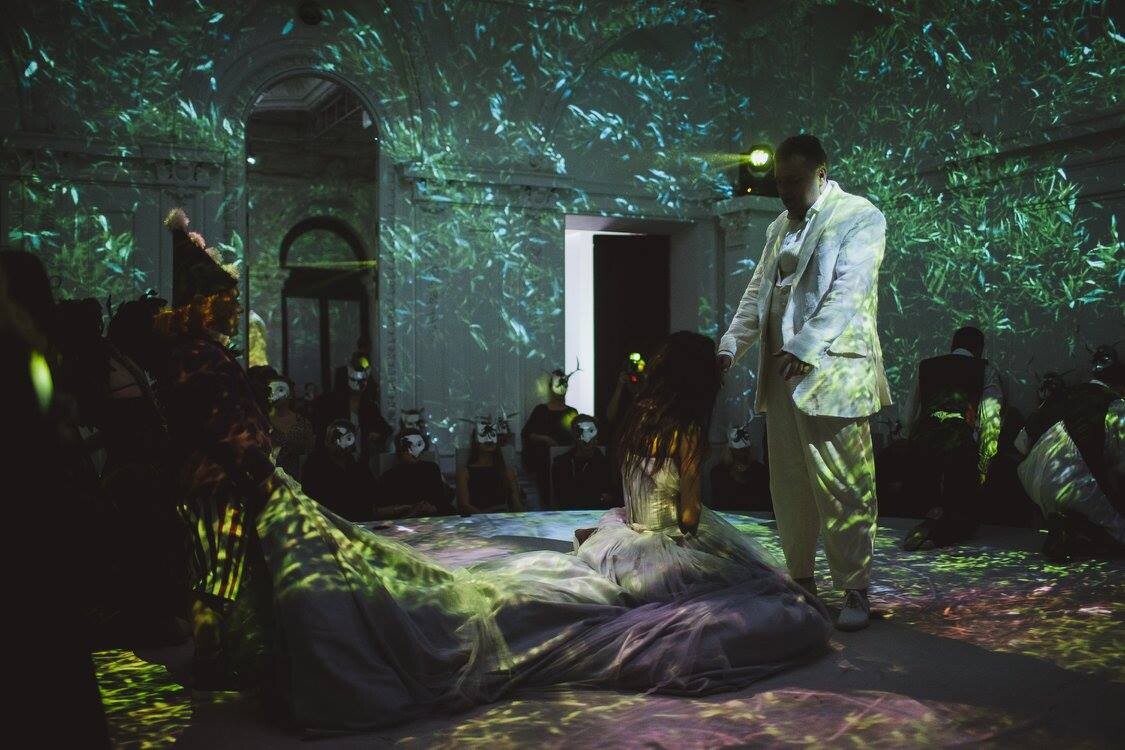
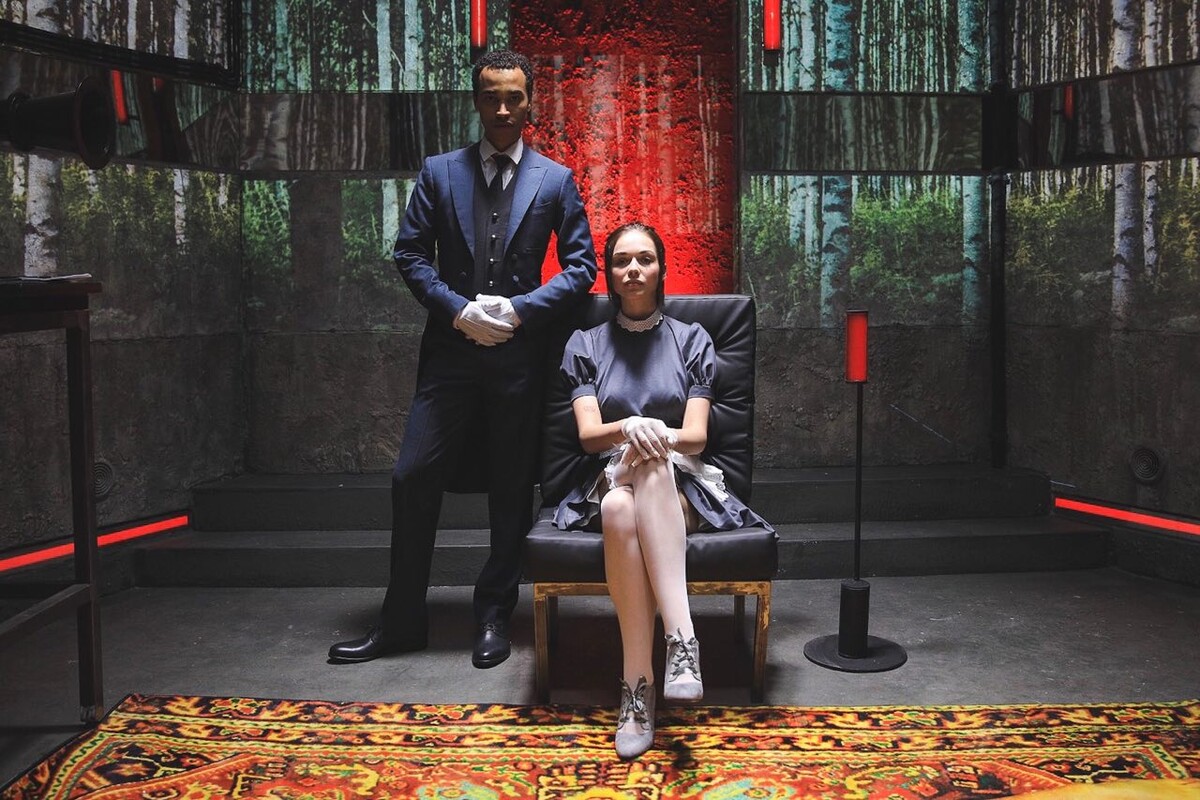

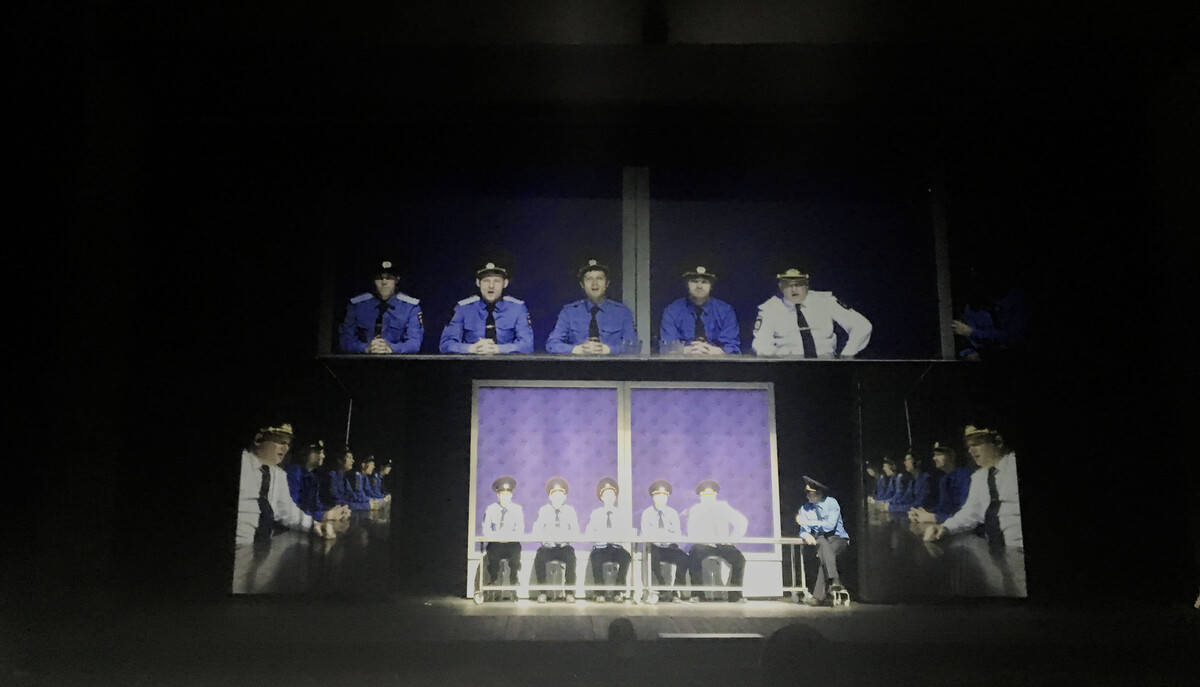
Study Topics
Team
We are a team of professionals ready to help you throughout the journey. Besides an ample technical expertise, each of us has an individual style and a unique vision to share with you.
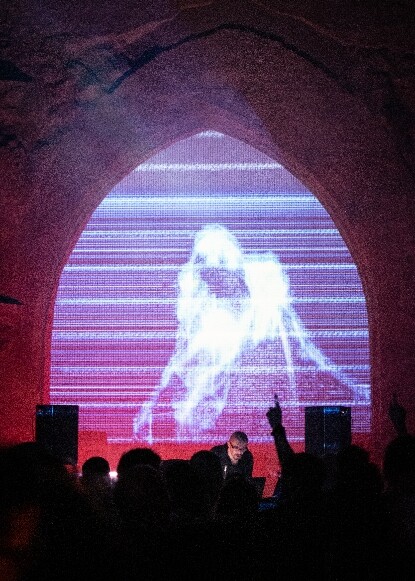

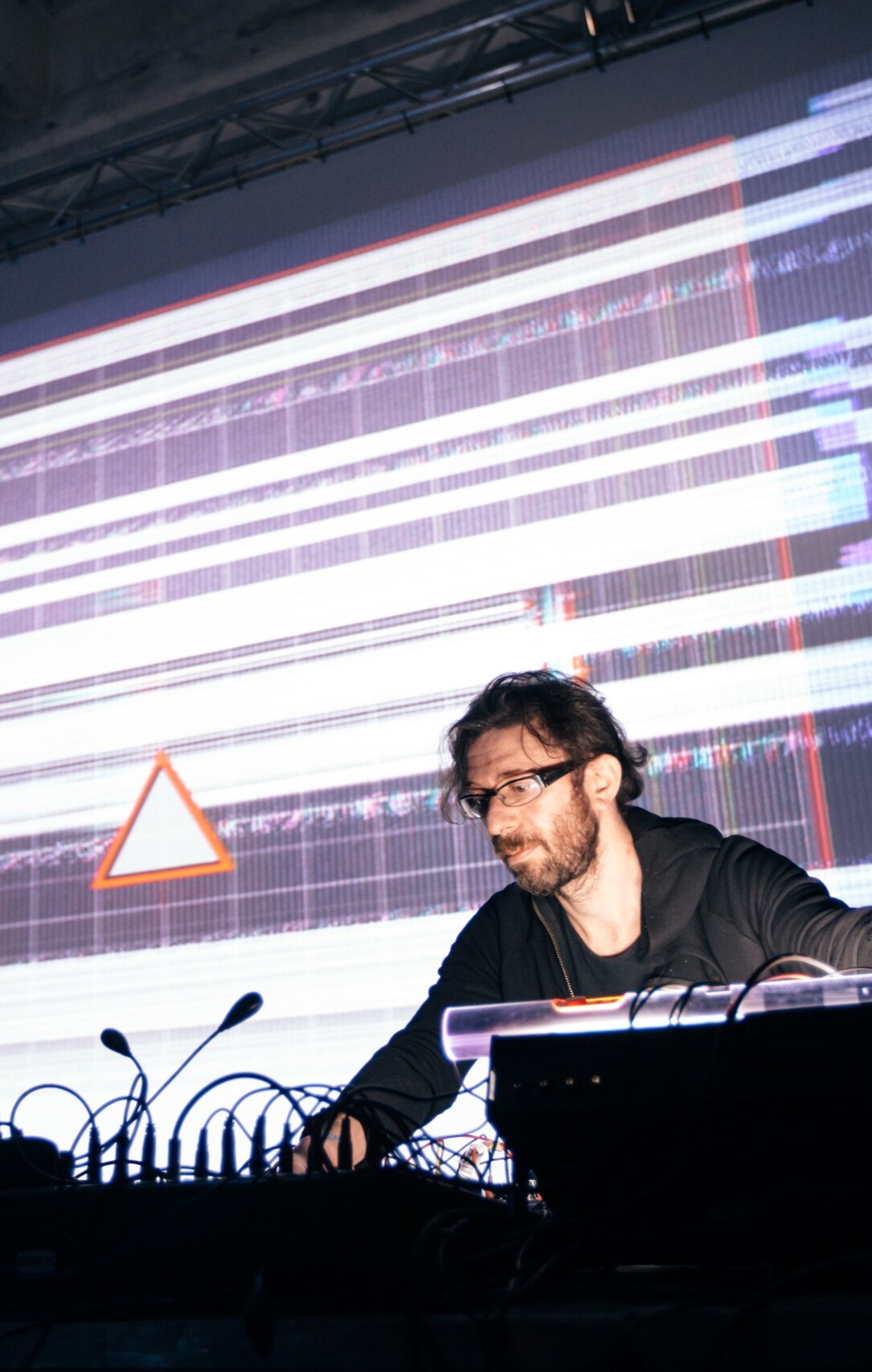

Instructor for TouchDesigner integration
STANISLAV GLAZOV
MEDIA ARTIST, EDUCATOR, COURSE AUTHOR
3D AND AUDIOVISUAL ARTIST WITH OVER 22 YEARS OF EXPERIENCE IN COMPUTER GRAPHICS AND 20 YEARS OF TEACHING EXPERIENCE
For more than 20 years, he has worked in light and visual art, seeking innovative opportunities where art and technology intersect. His installations and AV performances explore themes such as inner and social freedom, consciousness, identity, and loneliness in the modern world, using high-tech techniques.
Driven by his desire to create unforgettable experiences that inspire, he takes an individualized approach to each work, creating unique algorithms and synchronizing sound with visuals and digital shapes. He is also known for producing music with modular synthesizers and analog devices, influenced by industrial music, which combines noise, disharmony, and shamanism to take listeners on an intense emotional journey.
In 2013, he created his own generative design studio Licht.Pfad.
Creation of AV Performances in partnership with Dasha Rush, Robert Lippok
Performances at all the iconic festivals of the planet: Berlin Atonal, Mutek Montreal, Ars Electronica Linz, Unsound Festival in Krakow, Raster-Noton night in Berghain, Barbican London, Resonance Festival in Tokyo, Mira Festival Barcelona, L.E.V. Festival, Light Festival Lyon
Since 2016 - working on theater projects with Maxim Didenko, including the creation of media servers for various performances
1690€ 1301€*
Got any questions left? We are happy to help! } } } } } } } } }
hou2touch 2025 (c)
go up ^ License Agreement go up ^ License Agreement RU Privacy Policy



